Testarossa Returns: Ferrari’s Hybrid Bridge to Tomorrow
When Ferrari reclaims a name like Testarossa, there’s no subtlety in its intent. For a generation, it defined what a Ferrari looked like. Bringing it back in 2025, at a moment when supercars are caught between combustion nostalgia and electric inevitability, feels deliberate. The new model replaces the SF90 Stradale and drags the idea of a modern Ferrari into sharp focus.
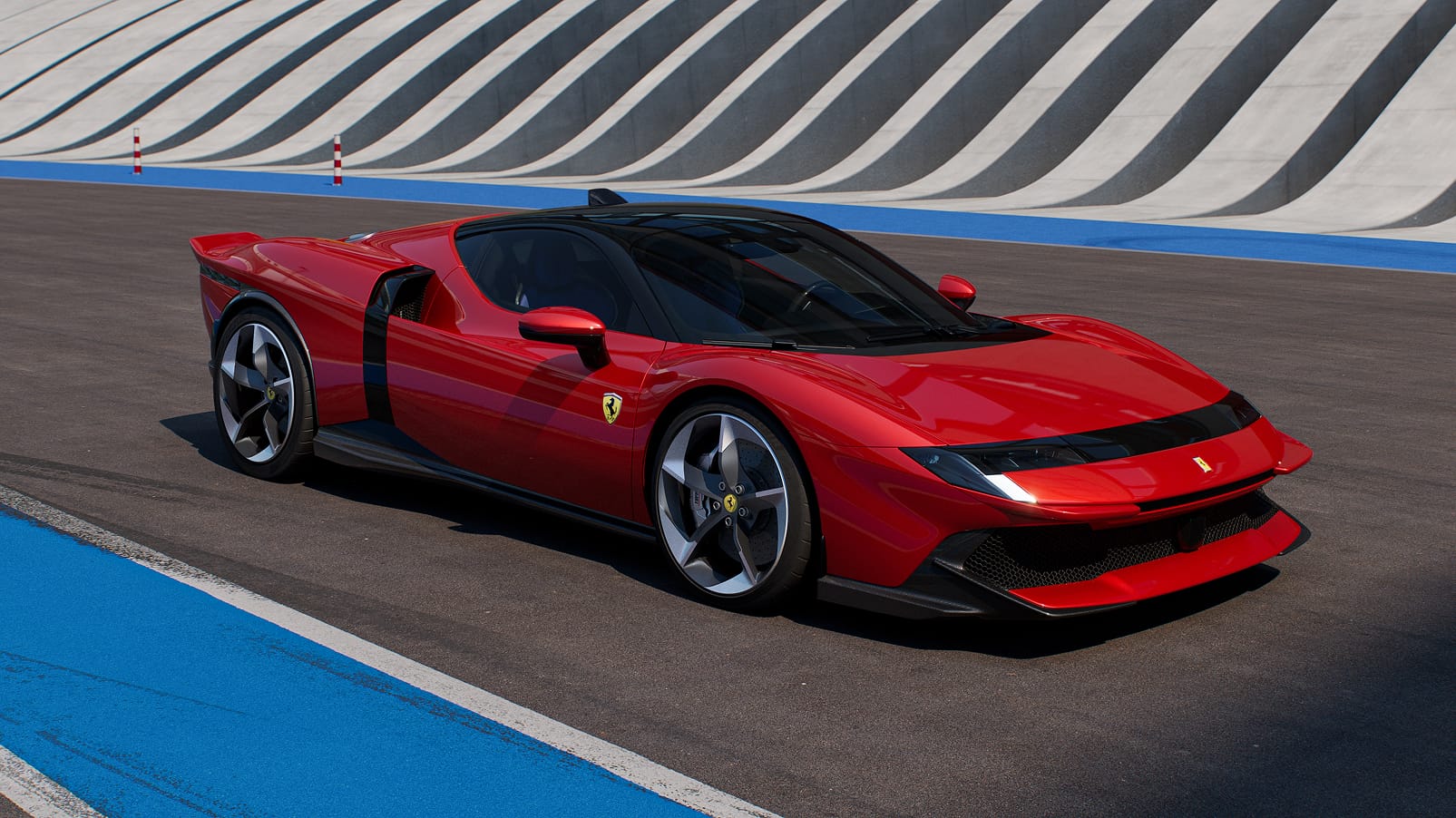
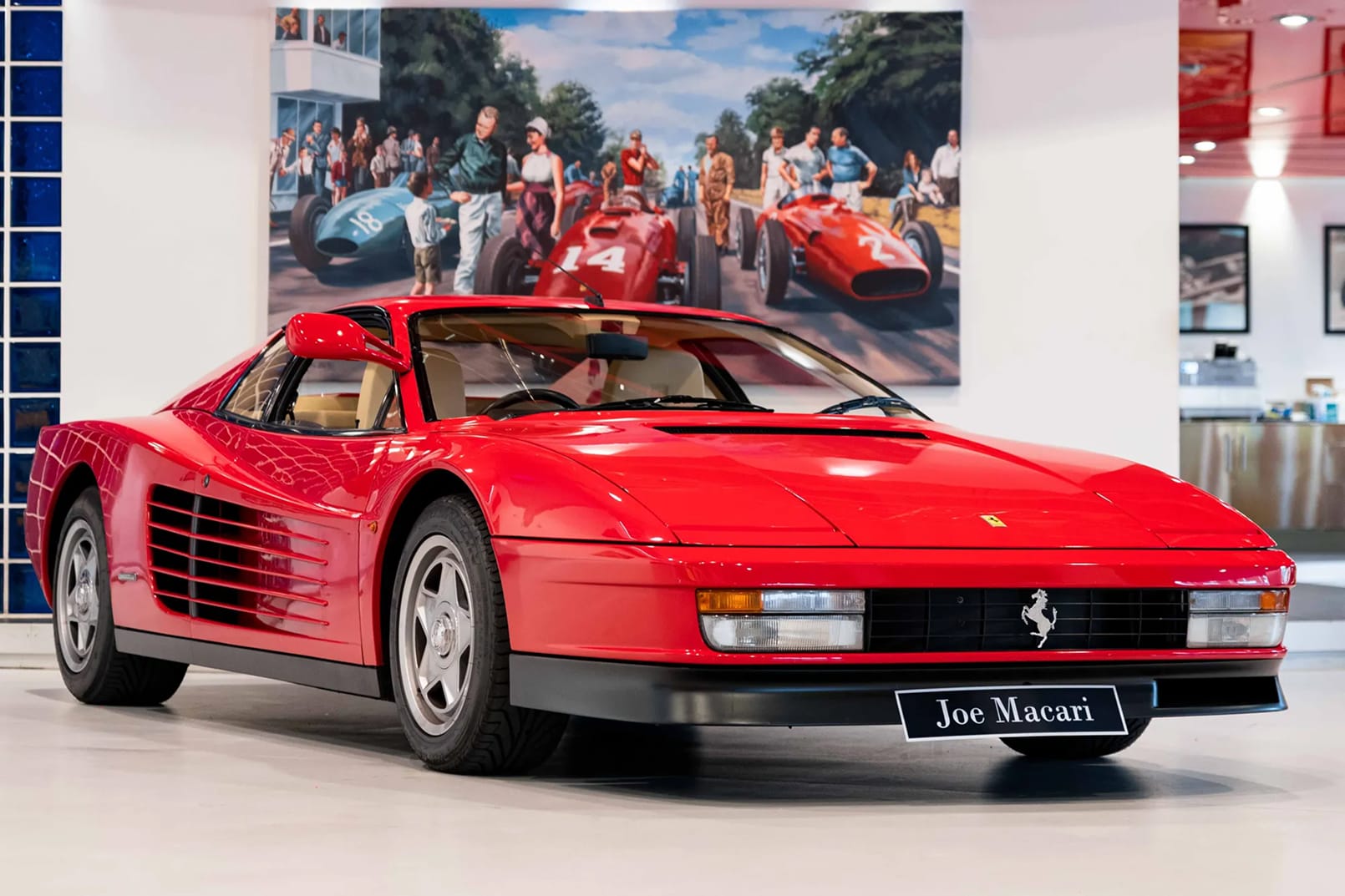
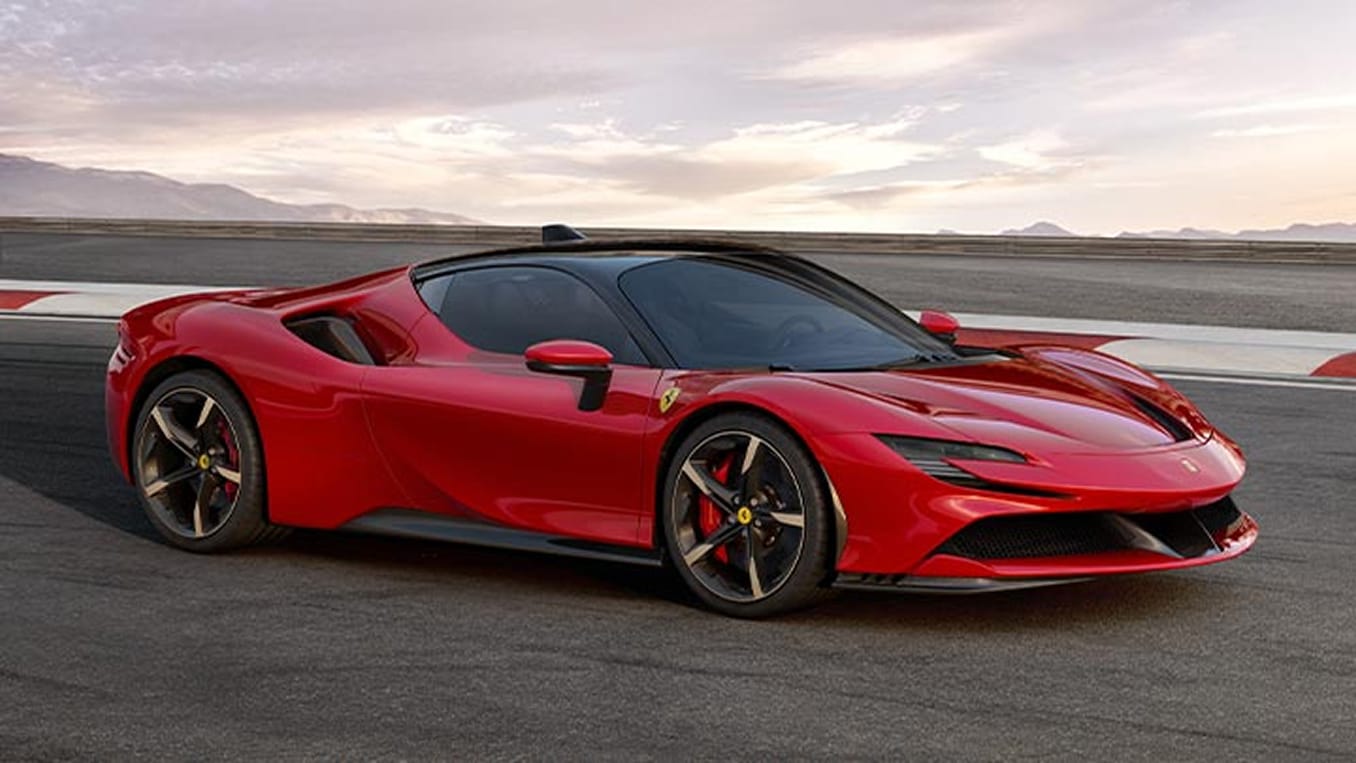
Top: The new Ferrari 849 Testarossa (Source: Ferrari) // Left: 1986 Ferrari Testarossa (Source: Joe Macari) // Right: Ferrari SF90 (Source: Ferrari)

The original Testarossa (leaving the 1957 racing car aside) set a high bar. Its flat-twelve, straked flanks, and audacious presence turned heads. To invoke that name today is to invite scrutiny. The 849 Testarossa has to satisfy those who revere that legacy, while also proving it belongs in a world of hybrids and the inevitable electric hypercars.
Unlike the Testarossa of old, there’s no flat-twelve tucked under its glass lid. Instead, you get Ferrari’s most sophisticated hybrid yet: a 4.0-litre twin-turbo V8 with three electric motors, giving over 1,000 horsepower. Zero to sixty-two in just over two seconds. Top speed north of 200 mph. Dry weight around 1,570 kg. And an aero package that can generate more than 400 kg of downforce at motorway speeds. Frankly ludicrous numbers.
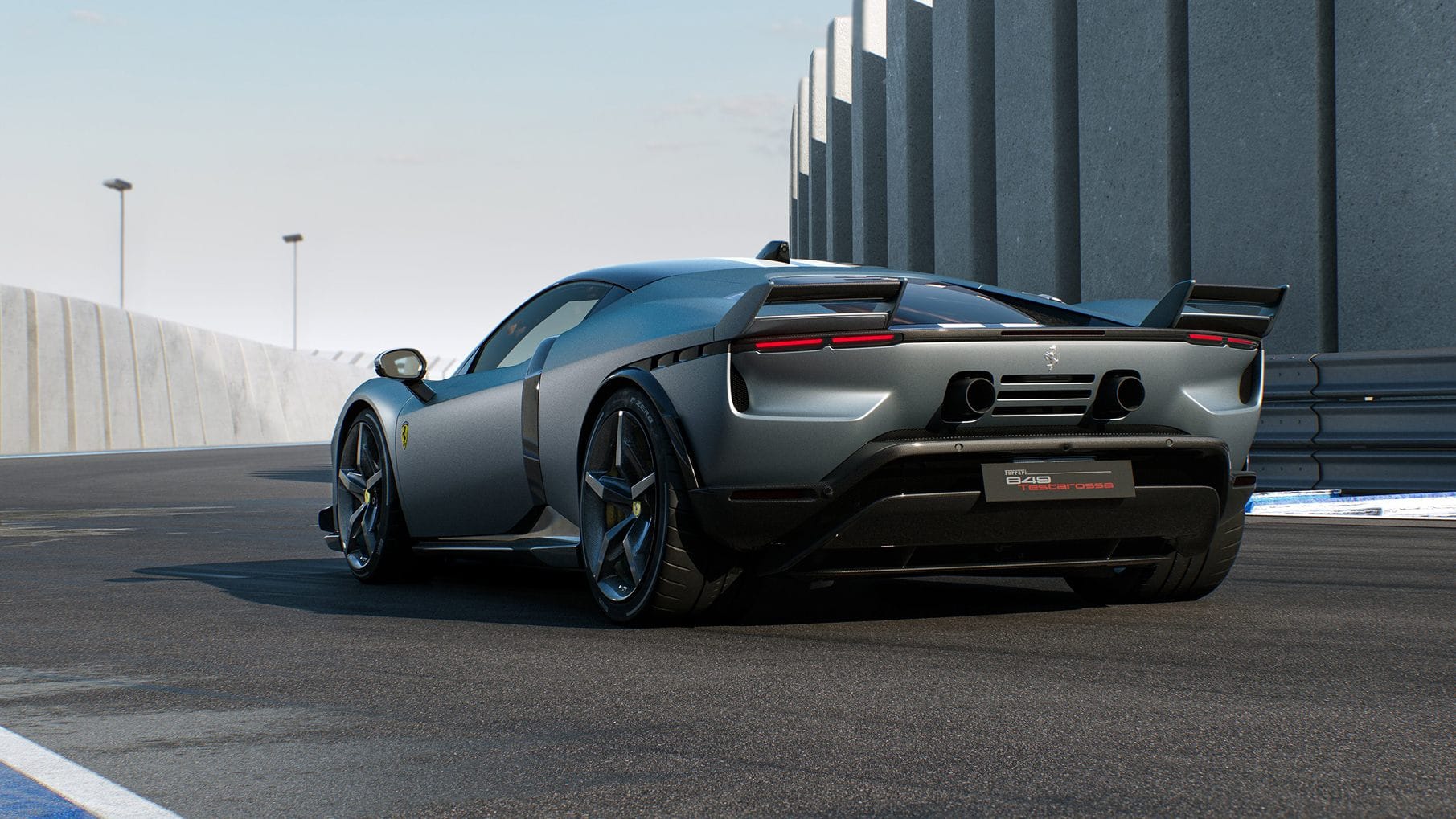
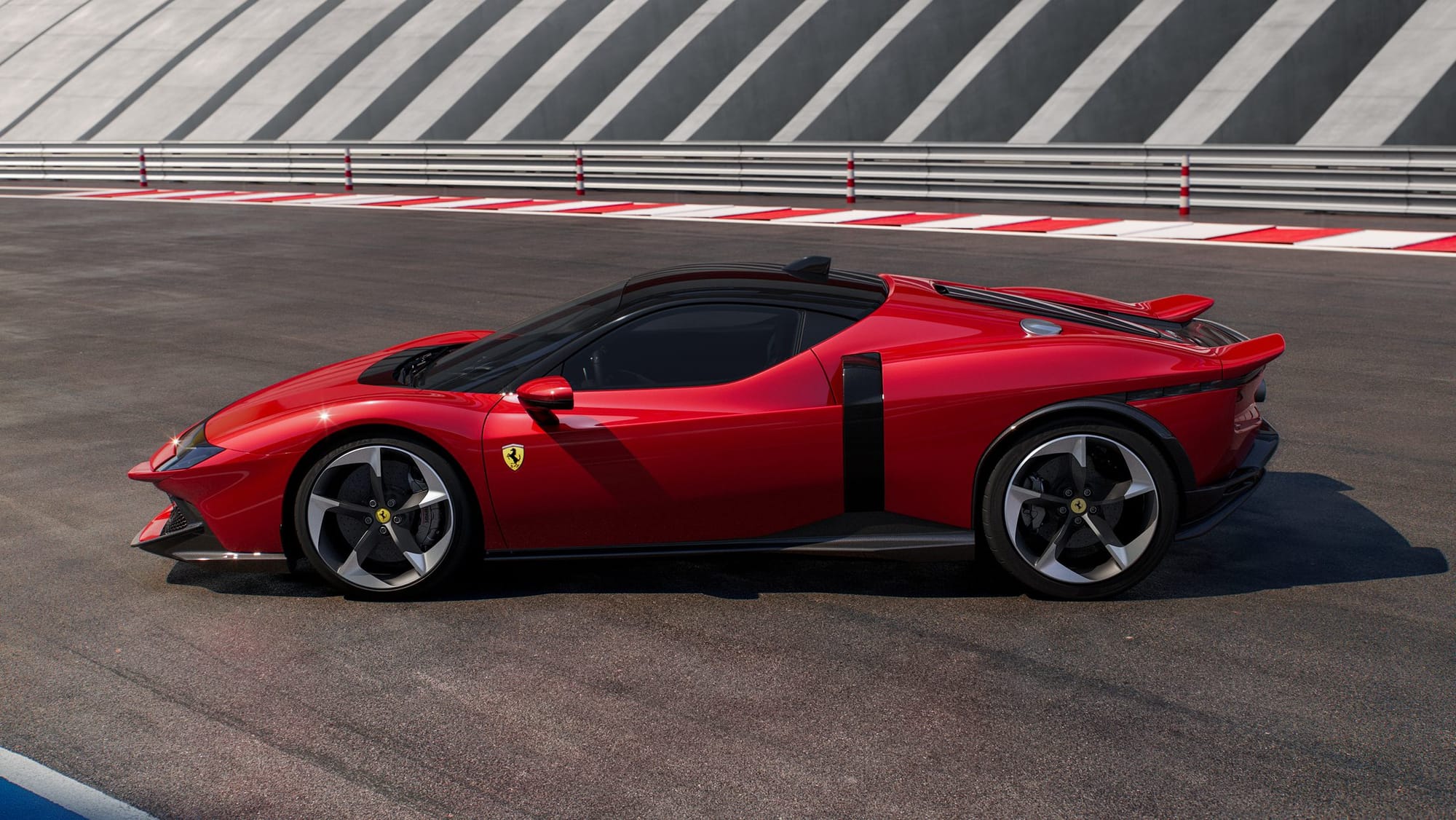
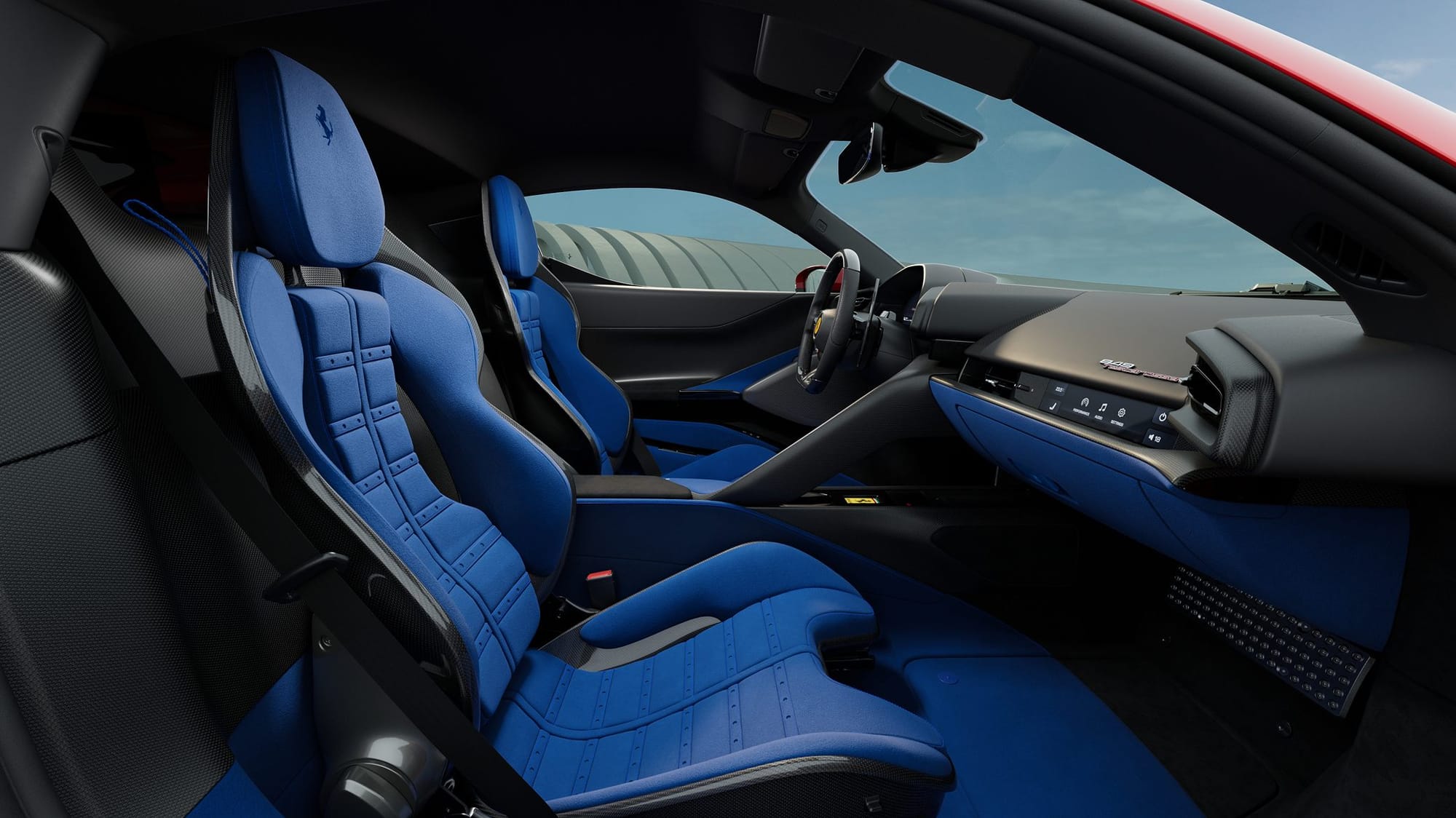
Source: Ferrari
The Testarossa’s design also invites a degree of ambivalence. Its front end carries Ferrari’s signature visor-inspired motif, the flanks are sculpted with muscular intent, and the twin-tail rear combined with active aerodynamics gives it undeniable presence. And yet, there is a subtle tension in the proportions, as if the car itself is negotiating the line between homage and innovation.
There are echoes of the original Testarossa, the width, the stance, the sense of menace, but Ferrari has deliberately avoided direct imitation. The result is a car that is compelling and bold, but one cannot help wondering whether it fully convinces at first glance, or whether its impact grows only with familiarity.
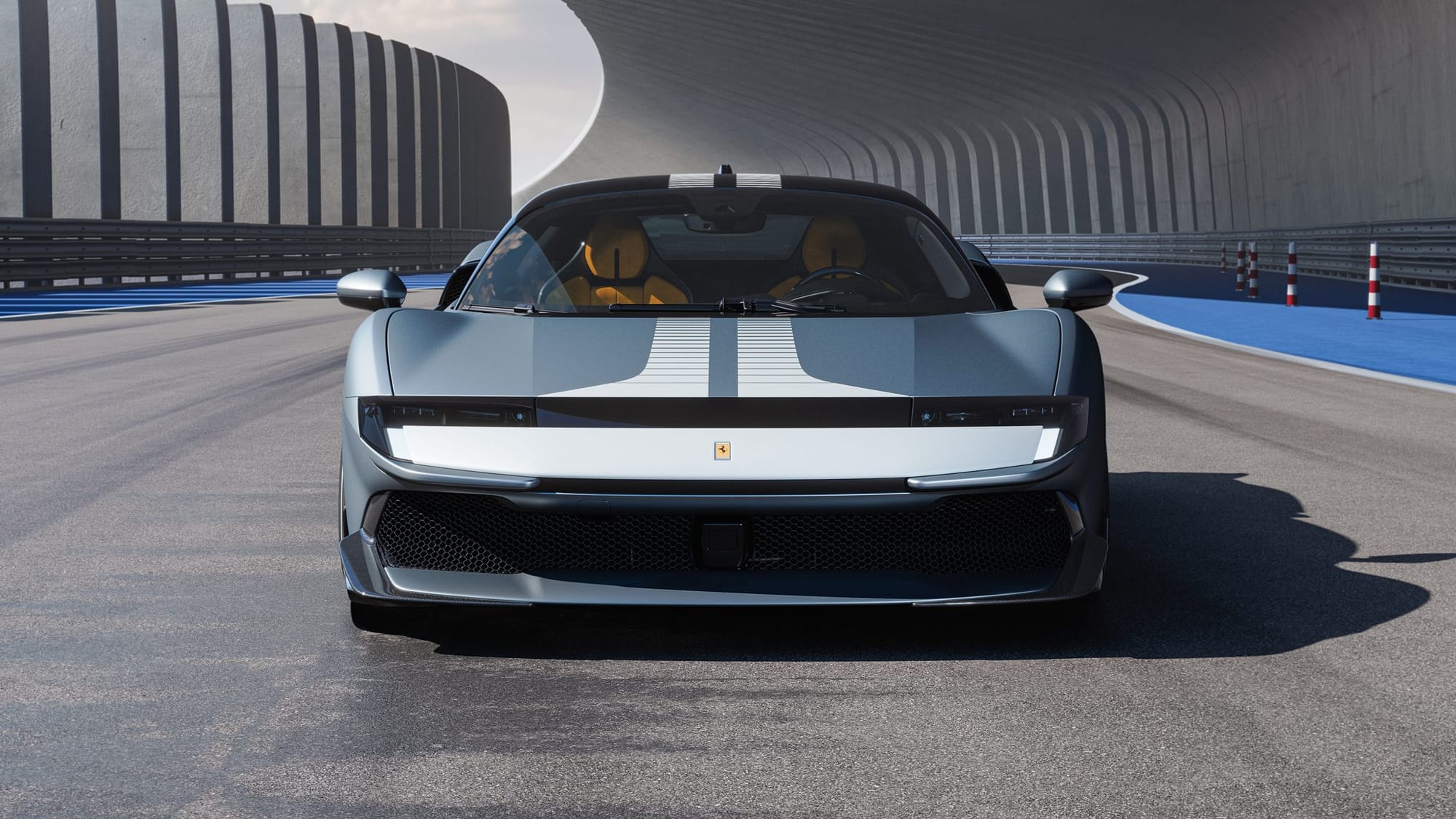

The 849 Testarossa arrives when the supercar’s role is shifting. Climate-conscious policy, urban emissions zones, and evolving buyer expectations make hybridisation a practical necessity. Ferrari, however, seem to treat the system as performance enhancement rather than regulatory compliance. That said, all this technology comes at a cost. At over €460,000 before UK taxes and options, it sits in rarefied territory. Its complexity makes long-term ownership trickier than the analogue Ferraris collectors adore. And culturally, Ferrari is walking a fine line. Lean too heavily on heritage and it feels stuck in the past; lean too lightly, and it risks looking like a cash-in.
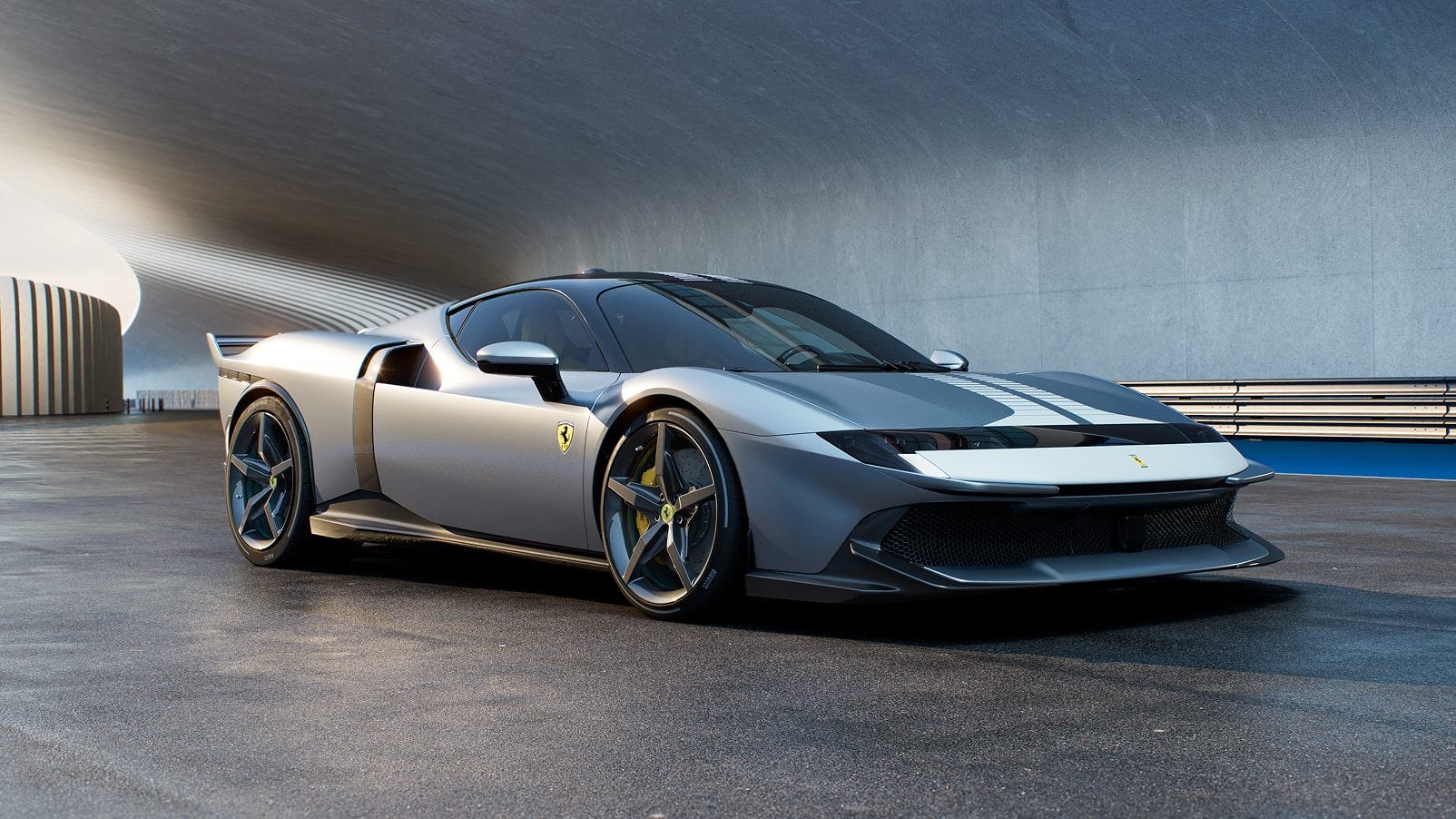
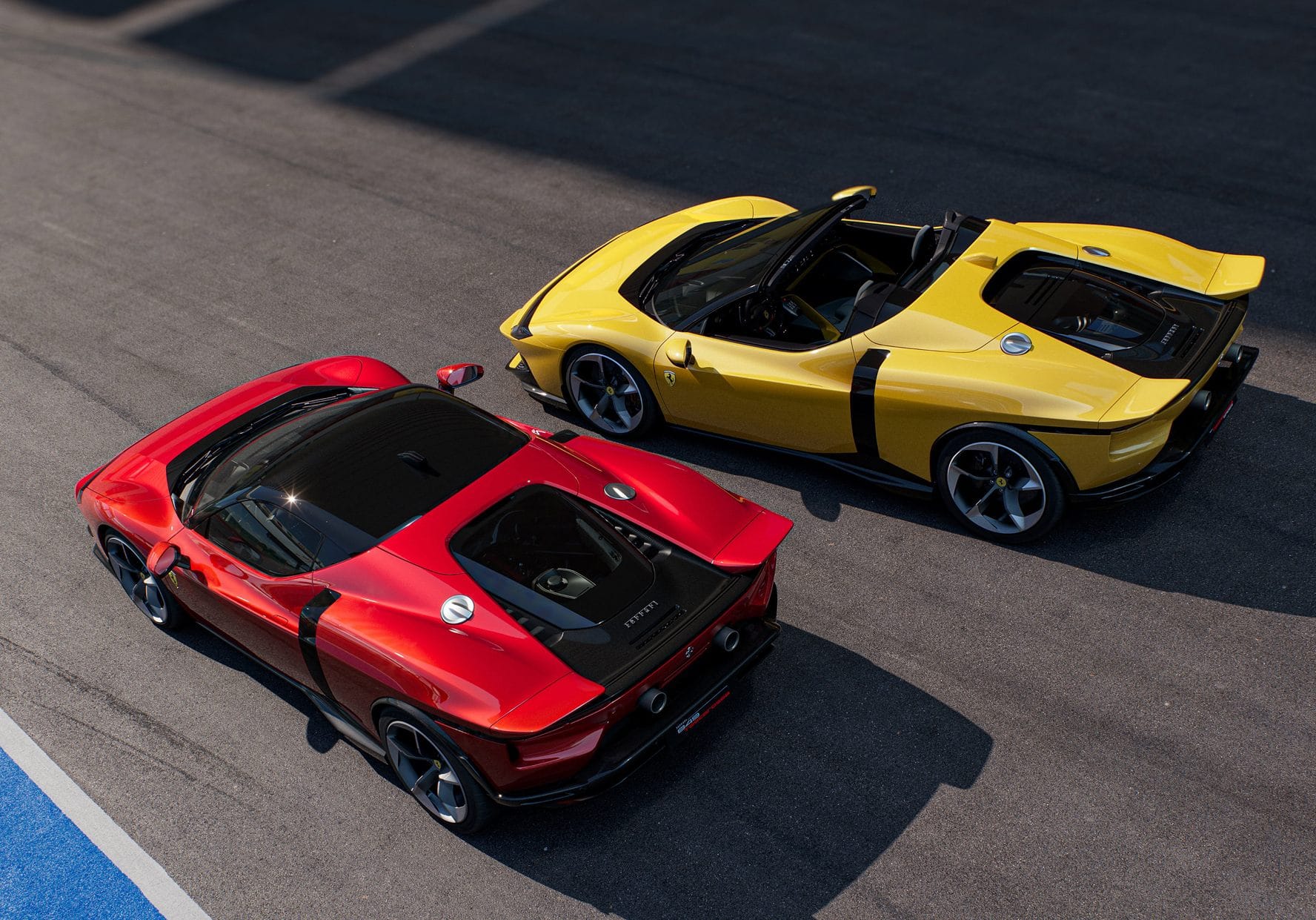
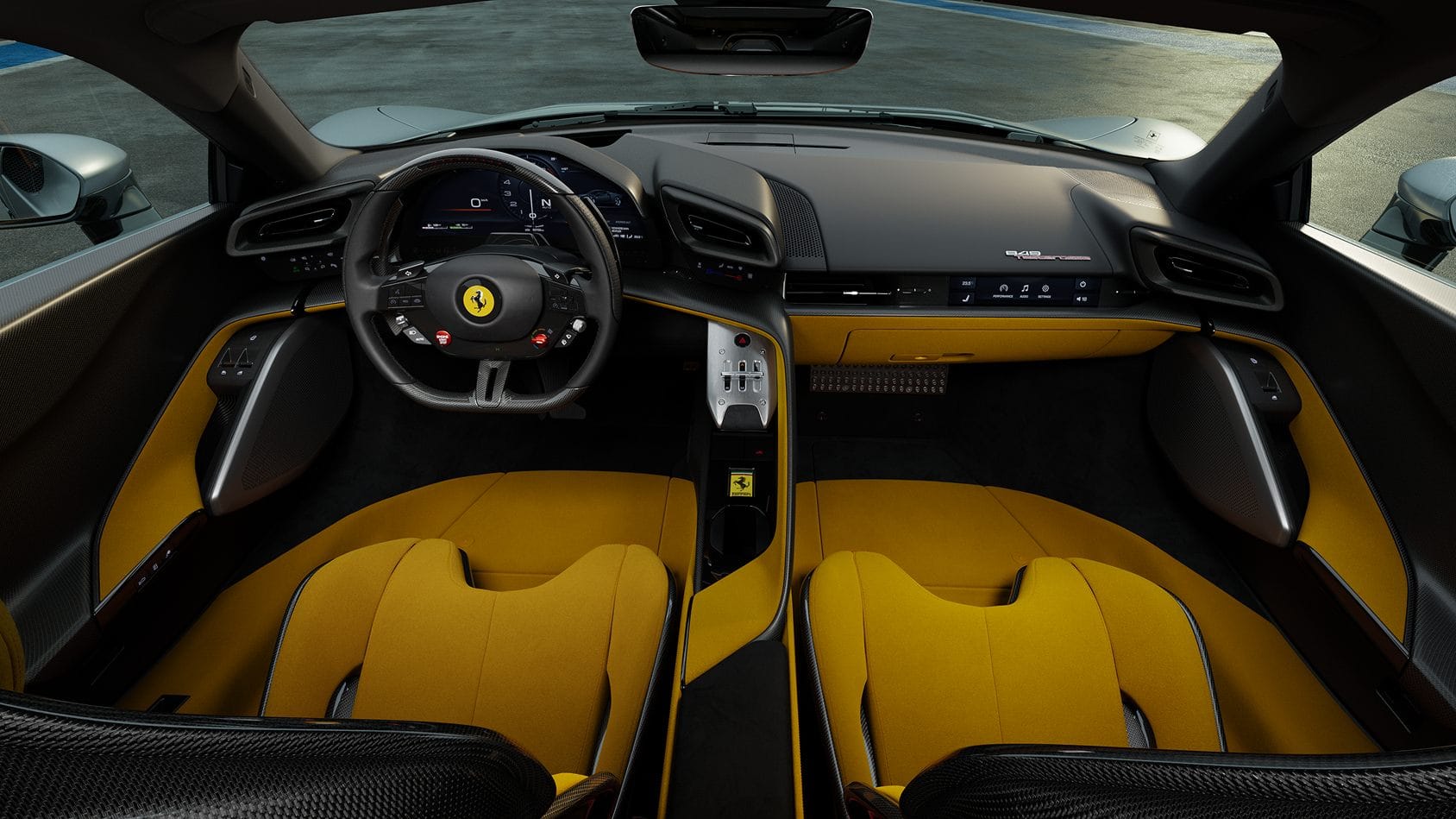
Source: Ferrari
Then there’s electrification looming. Ferrari has confirmed an EV is coming, and the 849 will inevitably be seen as the last word in the brand’s combustion-hybrid era. It will be measured not only against today’s rivals, but as a benchmark for the Maranello EVs of tomorrow.
Even so, Ferrari will be keeping a closer eye on how many they can sell. Judging by the interest so far, it looks like the queue will be long.


